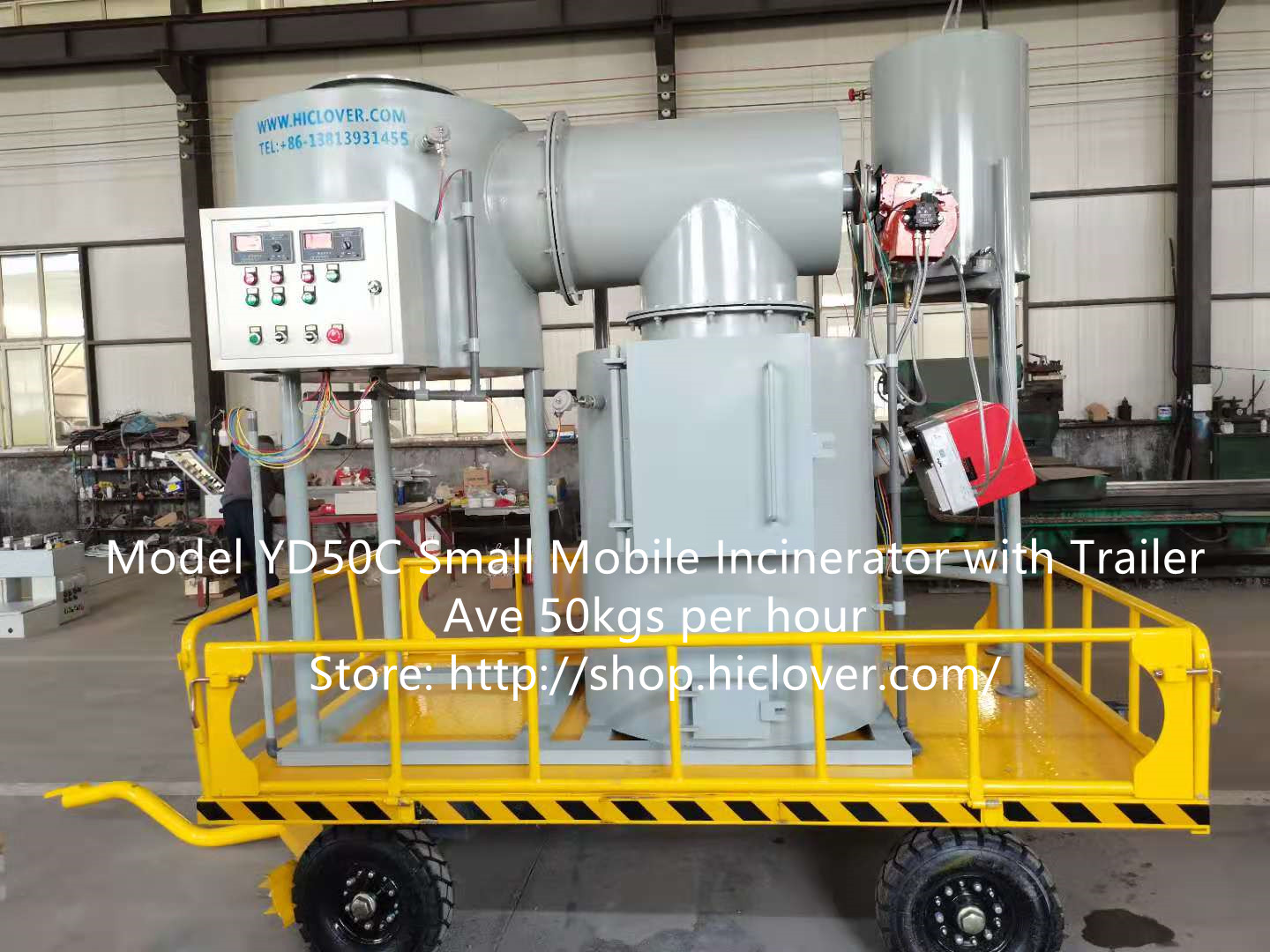Uganda is facing an alarming environmental threat as the clay incinerators used to produce bricks are leading to a significant deterioration in air quality. The rapid increase in construction projects and urban development in the country has led to a surge in demand for bricks, which has in turn resulted in the proliferation of clay incinerators. These incinerators, while essential for brick production, are releasing high levels of pollutants and toxins into the air, posing a serious threat to public health and the environment.
The detrimental impact of these clay incinerators on air quality is clear, as the emissions from these kilns contain harmful pollutants such as sulfur dioxide, nitrogen oxides, carbon monoxide, and particulate matter. These pollutants have been linked to a range of health issues, including respiratory problems, cardiovascular diseases, and even premature death. Moreover, the release of these pollutants contributes to the overall degradation of the environment, impacting ecosystems and exacerbating climate change.
Uganda’s lack of strict regulations and enforcement mechanisms for emissions from clay incinerators has exacerbated the problem. The absence of oversight and accountability has allowed for the unchecked release of harmful pollutants into the atmosphere, further compromising the air quality in the country. Additionally, the use of traditional and outdated technologies in these incinerators only intensifies the emissions of pollutants, as they are not equipped with modern emission control systems.
The worsening air quality resulting from the clay incinerators has sparked growing concerns among environmentalists, public health advocates, and concerned citizens. Recognizing the urgent need to address this issue, environmental organizations have been advocating for the implementation of stricter regulations, improved monitoring systems, and the adoption of cleaner and more sustainable technologies in brick production. These organizations have also been pushing for the enforcement of existing environmental laws to hold polluters accountable and mitigate the detrimental impact of clay incinerators on air quality.
In response to these environmental concerns, the Ugandan government has shown signs of acknowledging the urgency of the situation and has pledged to take action. Efforts to better regulate the emissions from clay incinerators and promote the adoption of cleaner technologies in brick production are being discussed, signaling a potential shift towards a more sustainable and environmentally responsible approach to addressing the issue.
However, more needs to be done to effectively address the environmental concerns arising from the use of clay incinerators in Uganda. It is crucial for the government to prioritize the enforcement of stringent regulations, invest in technological advancements, and provide support for the adoption of cleaner and more sustainable practices in the brick manufacturing industry. Furthermore, increased public awareness and engagement on the issue is essential to drive meaningful change and ensure the protection of air quality and public health in Uganda.
As Uganda continues to experience rapid urbanization and economic development, it is imperative that steps be taken to mitigate the environmental impact of essential industries such as brick production. The use of clay incinerators must be balanced with the need to protect the environment and the health of the population. It is imperative for the government, industry stakeholders, and the public to work together to address this pressing environmental concern and pave the way for a cleaner and healthier future for Uganda.



